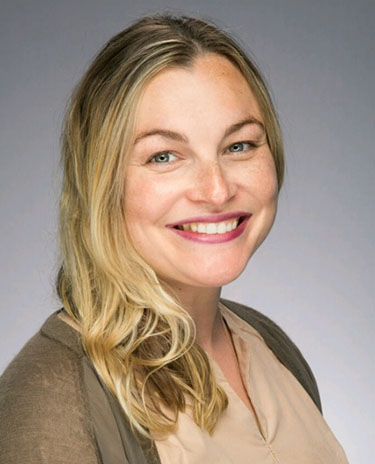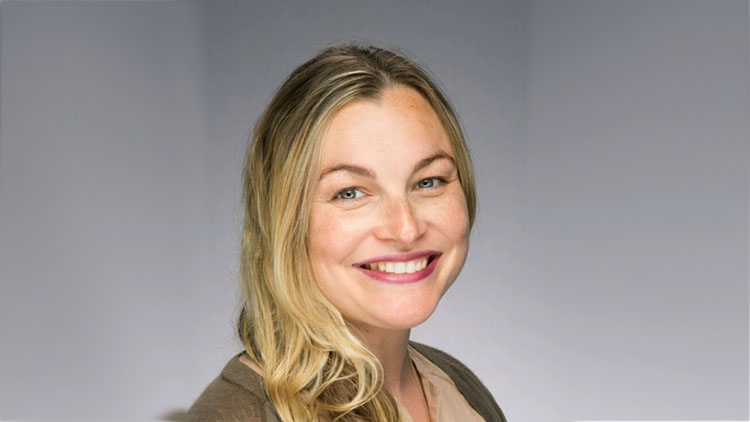Health Care Service Corporation (HCSC), the largest customer-owned health insurer in the United States, is the parent company of Blue Cross and Blue Shield of IL, TX, NM, MT, and OK. The AV Technology team recently connected with Inna Larson, the erstwhile head of the company's end user compute (EUC) engineering division. She is now the Vice President of Global Accounts at AVI-SPL. We asked Inna what AV/IT challenges she faced in her post as an in-house manager at HCSC.

Inna Larson, Head of End User Compute Engineering, Health Care Service Corporation
AVT: AT HCSC, who are your AV/IT clients?
Inna Larson: Our end users are mostly employees of the company, but occasionally we do design solutions that more closely interact with our members and providers.
How is AV/IT convergence playing out at HCSC?
AV and IT have been converged in my organization for quite some time. This is why AV collaboration is now under my EUC IT organization.
What AV/IT problems have you solved recently?
Our biggest problem was lack of standards. We have standardized our environment by building a playbook for three to four room types and standardizing control code. We also brought a Crestron programmer in-house so that he can manage our global code and maintain consistency in standards and user experience.
Does the IoT (Internet of Things) have any influence in your organization and or facility?
We have not seen any impact to our organization or facilities. I’m sure it’s around the corner with its growing penetration of the consumer market. We look forward to the day a user can walk up to a room, and the room automatically launches his/her meeting.
What AV/IT do you hope to buy in the near future?
We hope to better converge desktop unified communications (UC) and video conferencing with room systems for more ad-hoc type collaboration. Historically, UC has been somewhat of a myth, but now it’s truly here, and collaboration is changing for the better because of it.
How do you procure/purchase your AV for in-house installs?
We use a VAR. We have standardized with the same VAR for global installs and ongoing support, which helps us uphold standards.
Where are technology manufacturers getting it wrong or missing opportunities?
Some of the large players, like Microsoft’s Skype for Business, are still focusing on custom protocol stacks in the video space instead of shifting to industry standard protocols.
Are you using TVs, projectors, or a mix of both?
We exclusively use [flat-panel] displays—no more projectors. We try to automate everything and projectors light up too slowly for rapid automation. Also, we are moving towards open floor spaces more and more with natural light, so projectors become cost-prohibitive to get the brightness needed.
What are you using for quality audio coverage in your teleconference rooms?
We use conference (star) phones in rooms up to six to eight people, depending on room and table size. Anything above that gets one microphone per two seats with a DSP for optimal quality.
Where does BOYD fit into your mix?
We do use UC features on BYOD, as well as web collaboration. People can join meetings or collaborate/IM/et cetera with other colleagues in real time from their BYOD devices.
What is the biggest obstacle to collaboration? What are your collaboration strategies?
Inna Larson: Standards seem to be the biggest challenge. Cisco, Microsoft, and other players continue to build custom solutions that do not have interoperability with each other, which makes B2B and other collaboration a challenge. Our main focus is customer experience and standards that are easy to deploy and support.

